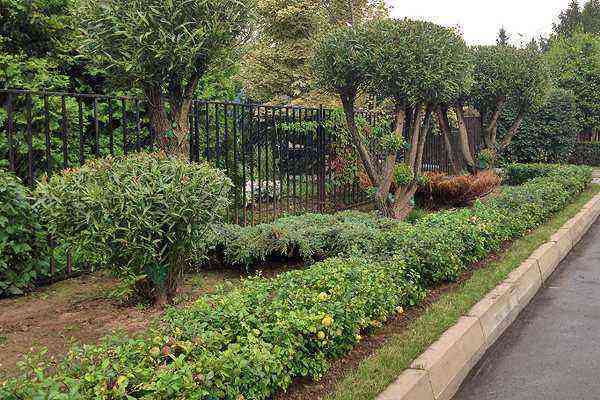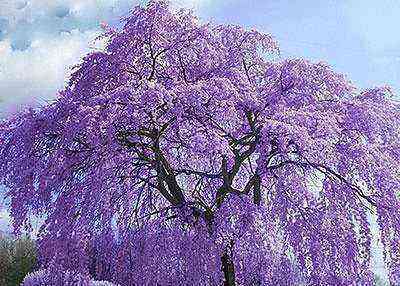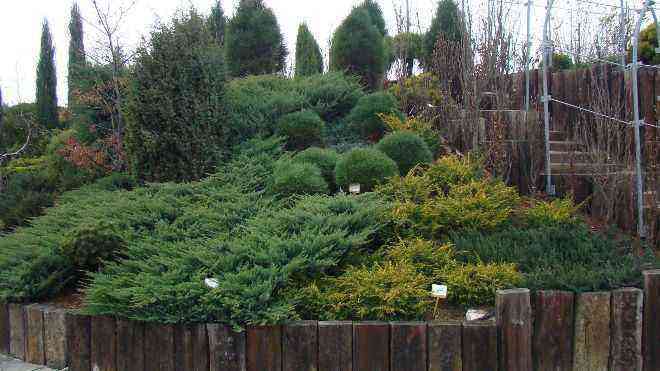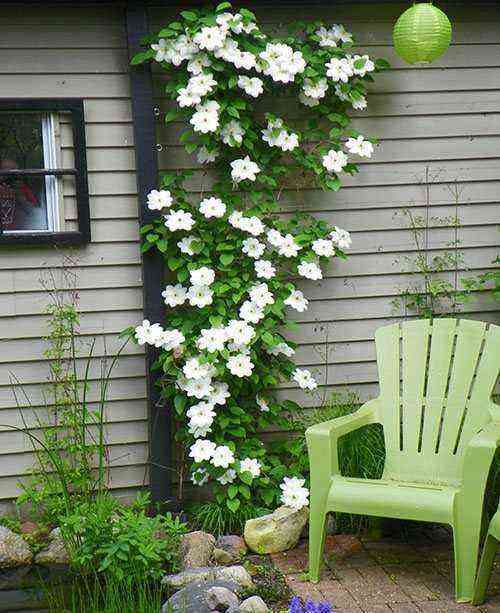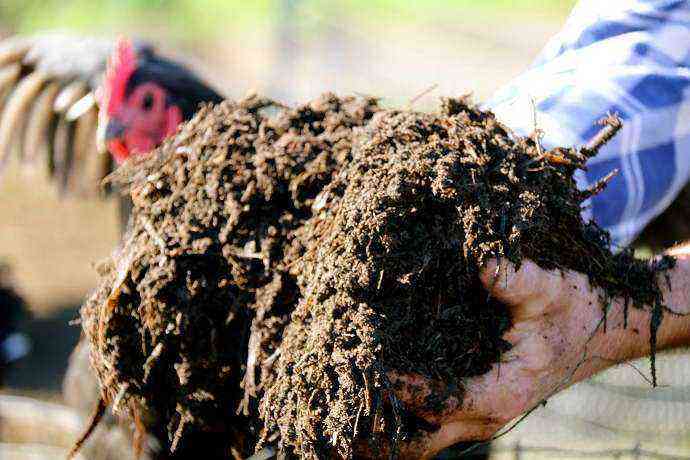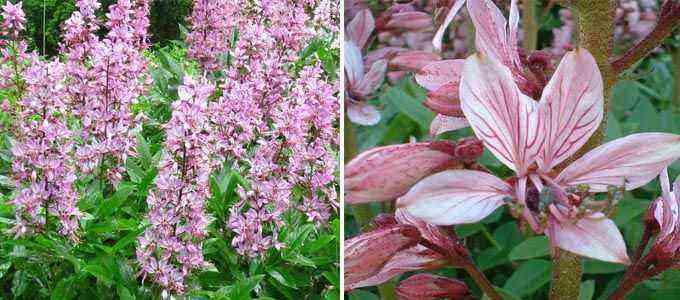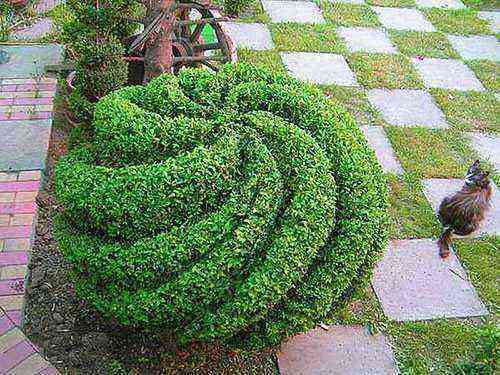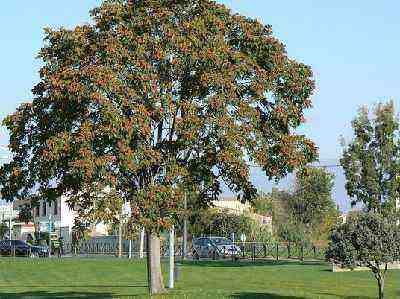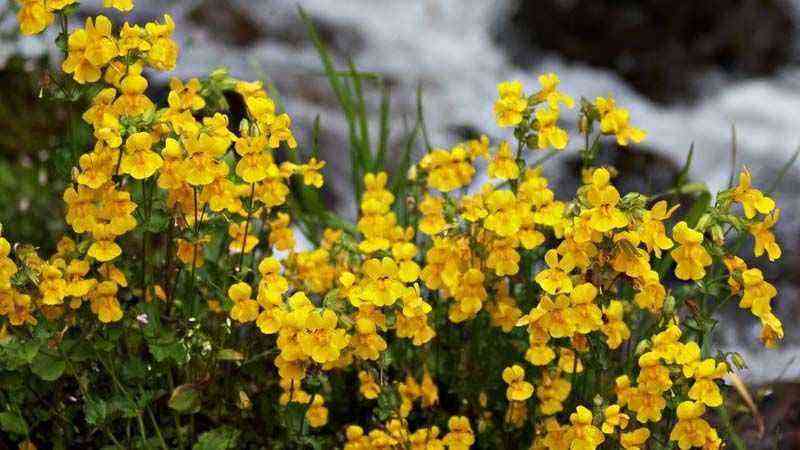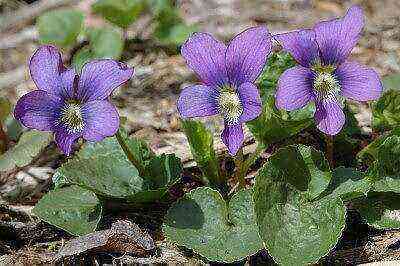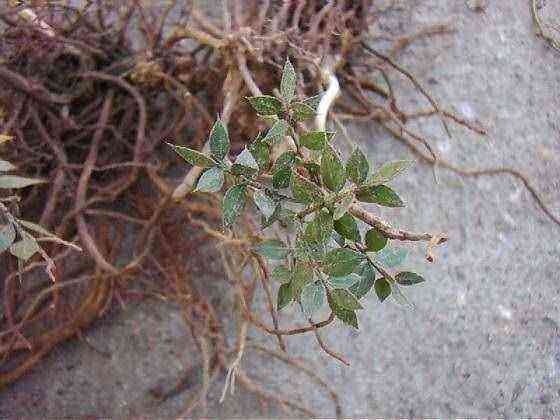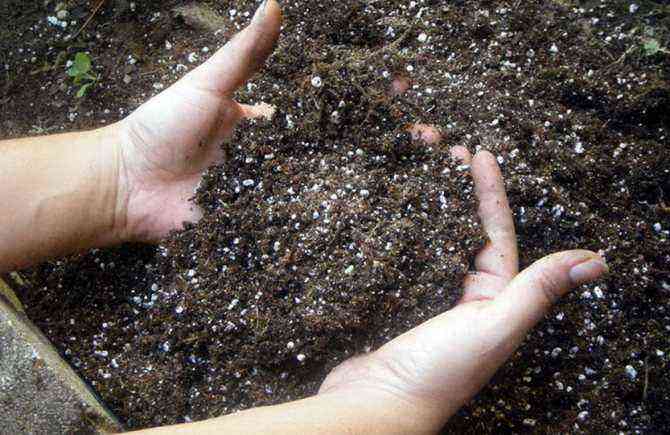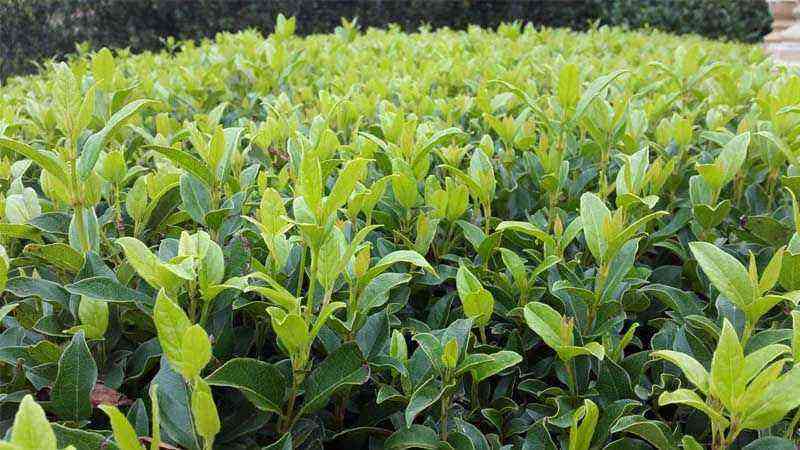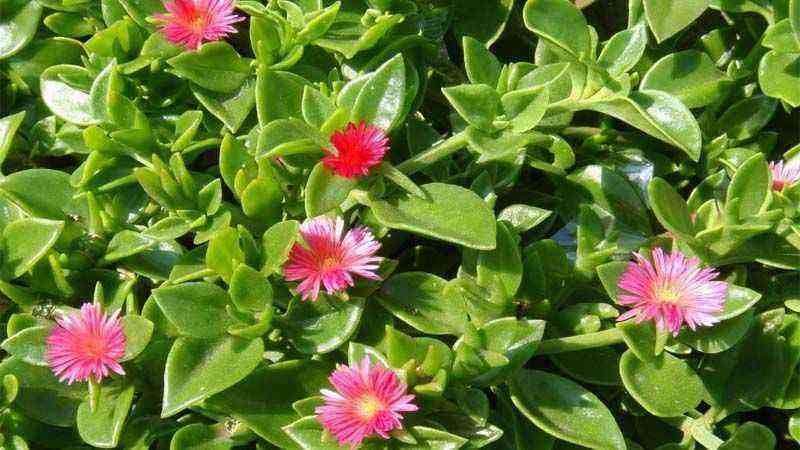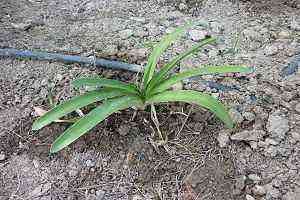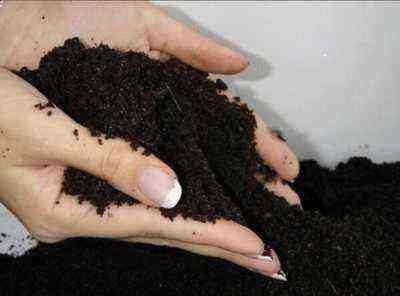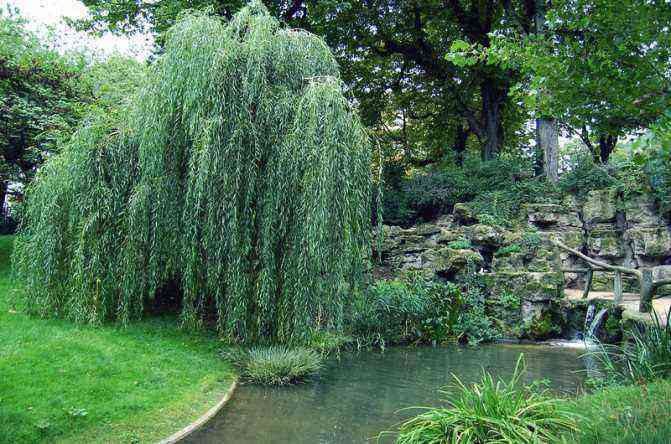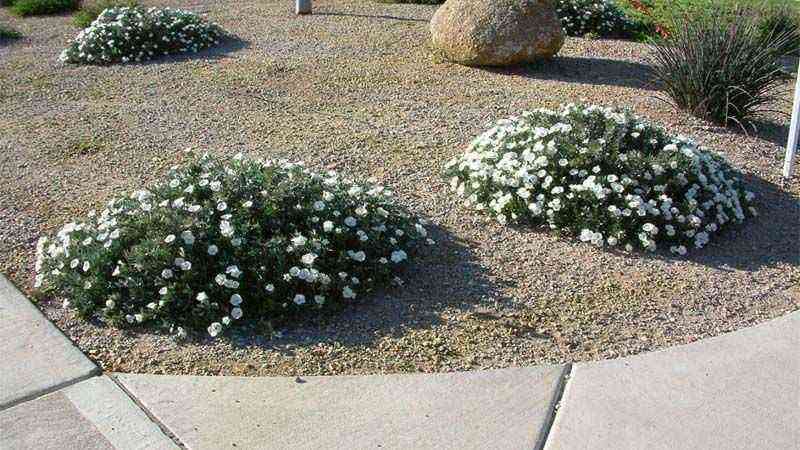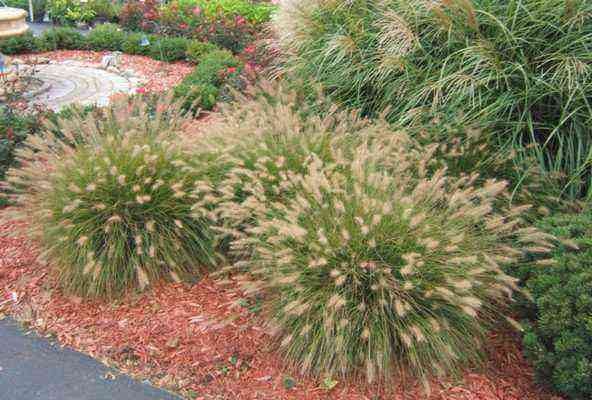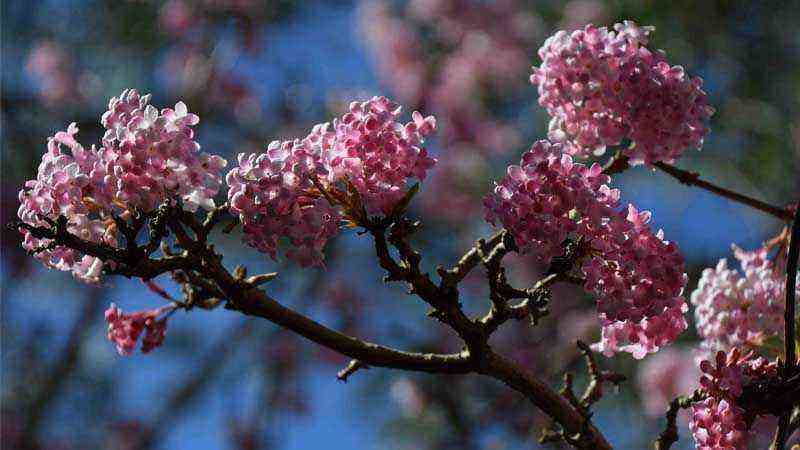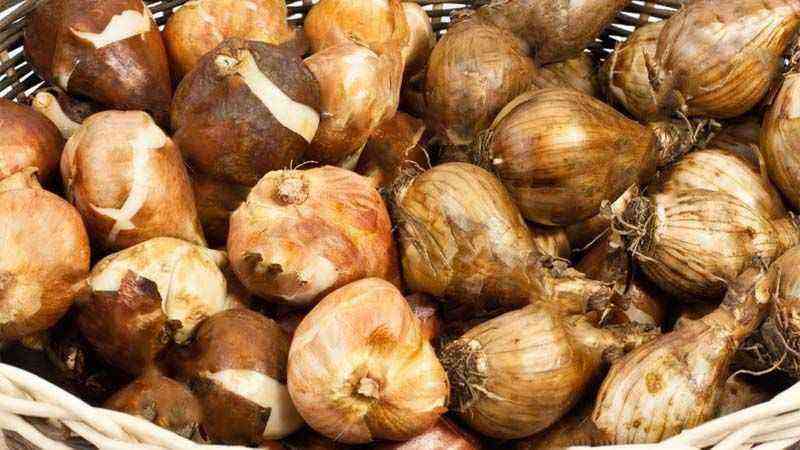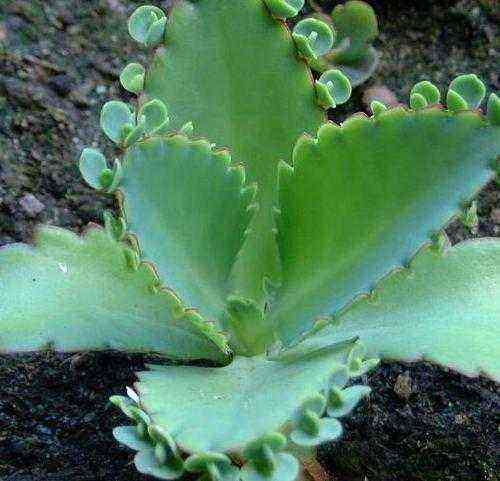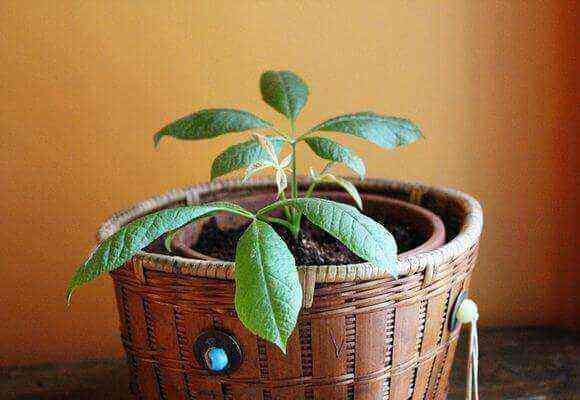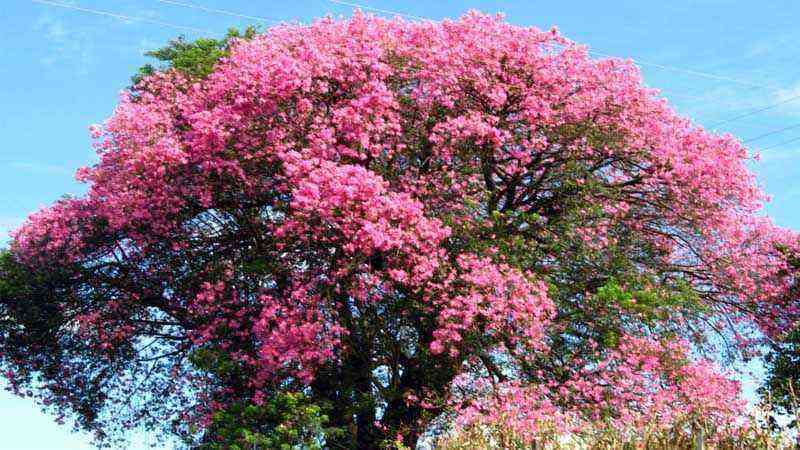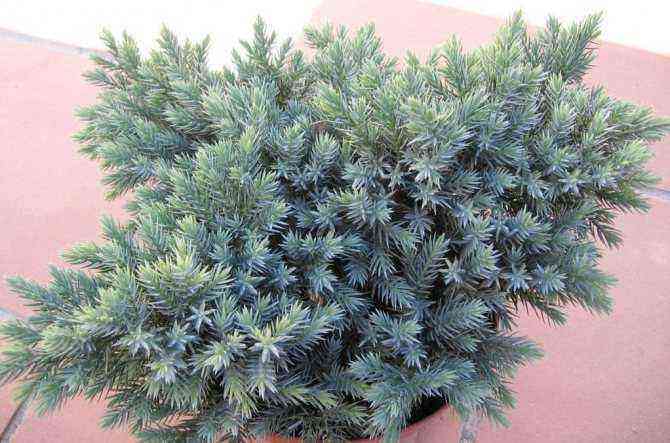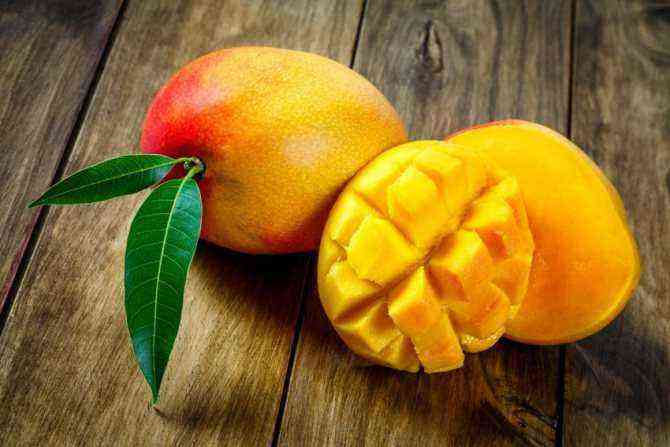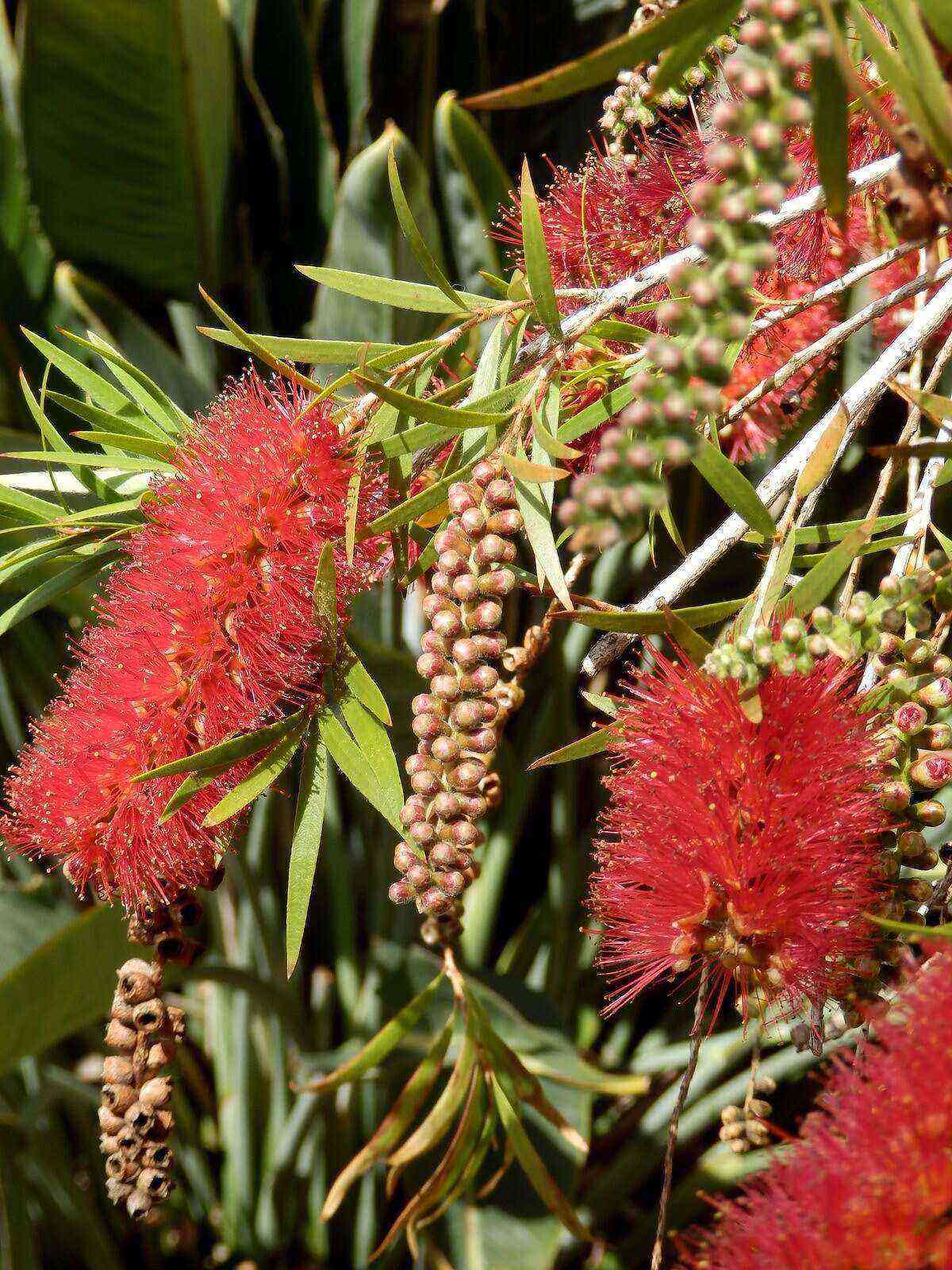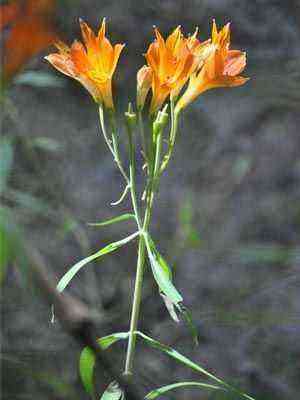Although we are not yet in autumn (officially), we wanted to show you one of those not so classic indoor plants, which nevertheless has a spectacular flowering.
The one known as Glorious The downside? Which is in summer and the flowering period has passed. The advantage? Which is a tuber, so well preserved during the winter will allow the plant to regrow the following spring.
Origin and peculiarities of the Gloriosa plant
It is tropical, there is no doubt about that. The most striking, spectacular and colorful flowers usually occur in this type of climate in a very high percentage of cases.
So if normally, if you see a strange and very colorful bloom, you will be right many times if you think that the origin is tropical. In this case, the Gloriosa belongs to tropical areas of Asia and Africa.
It has tuberous roots, being a great advantage for those who wish to preserve the tubers during the winter to revive the plant the following spring. Then we look at it more closely.
The leaves are large, lanceolate of a very lively green and with tendrils that allow them to climb and get hooked. And what about the flowering.
It is what will outshine the rest of the plants. It is spectacular. It occurs in mid-summer and can last until October. If you have one, you will still be enjoying its flowers.
It consists of petals, also lanceolate, of a very vivid red or pink and flaming with a yellow base reminiscent of flares. The long stamens complete the flowering majesty.
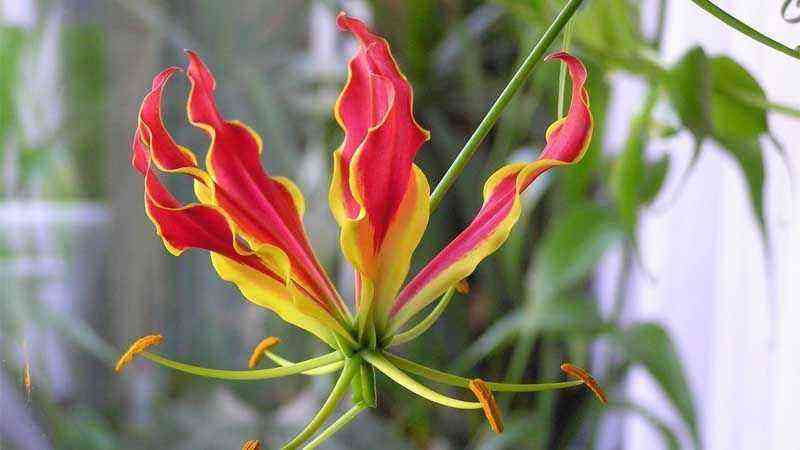

Temperature range
Being its tropical origin, it is obvious that in Spain it is grown indoors in most places since the development temperatures range between 10 ºC and 24 ºC.
In places free of frost and benign temperatures throughout the year that allow its cultivation outdoors. The rest of us are destined for the pot in order to be able to store it in a gallery or indoors, once the low temperatures arrive.
Light and Shade
The high exposures and during several hours of the day they are what this plant needs, although indirectly. Can endure some direct sun in the hours of less intensity but prolonged exposure is not recommended.
Substratum
It is a plant that needs adequate drainage so the sandy phase must be present. Therefore, a mixture with garden soil, mulch and sand it can be a suitable substrate for this plant.
Irrigation
Irrigation has two distinct phases. Before the plant begins to emit leaves, irrigation is kept moderate and it will be enough with once every 7 or 9 days.
After the emission of stems and leaves, the frequency of irrigation should be increased approximately every 4 days. It is important that the risks are not excessively abundant.
Glorious plant multiplication
By seed it is complicated. However, being a tuberous plant, its reproduction by tubers is very simple and the first option (seed) has been relegated. You can try keeping the seeds in bed hot to 22 ºC in February.
When autumn arrives, around November when the plant is dry, it is time to carefully extract the tubers (they are delicate) and store them at cool temperatures or rather cold (between 5 and 10ºC) and with low humidity.
If the tuber has been properly preserved, March will be the month indicated for your transplant in new substrate, where we will have the magnificent flowering again in summer.

